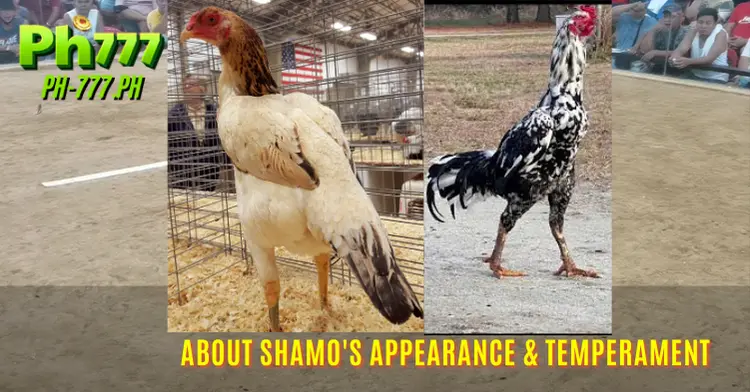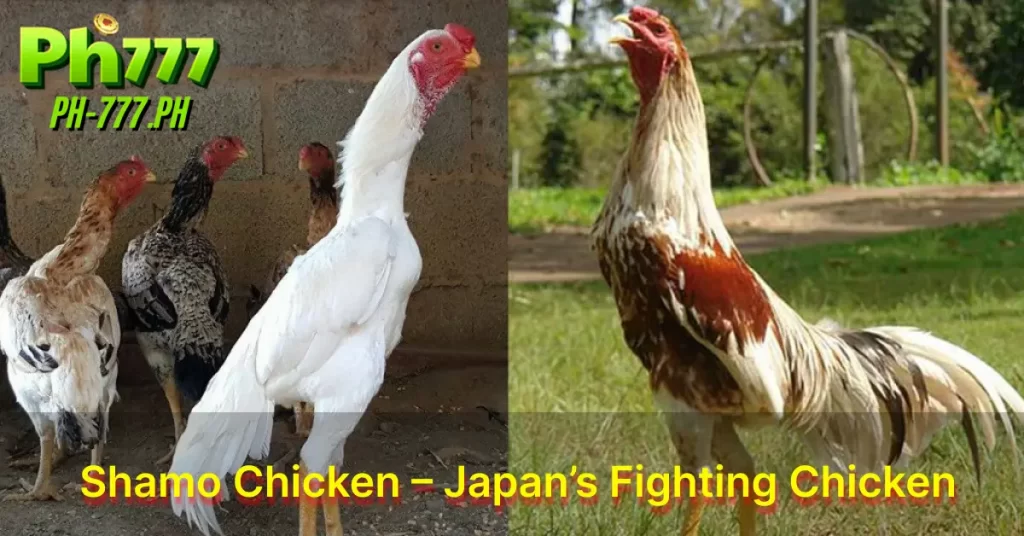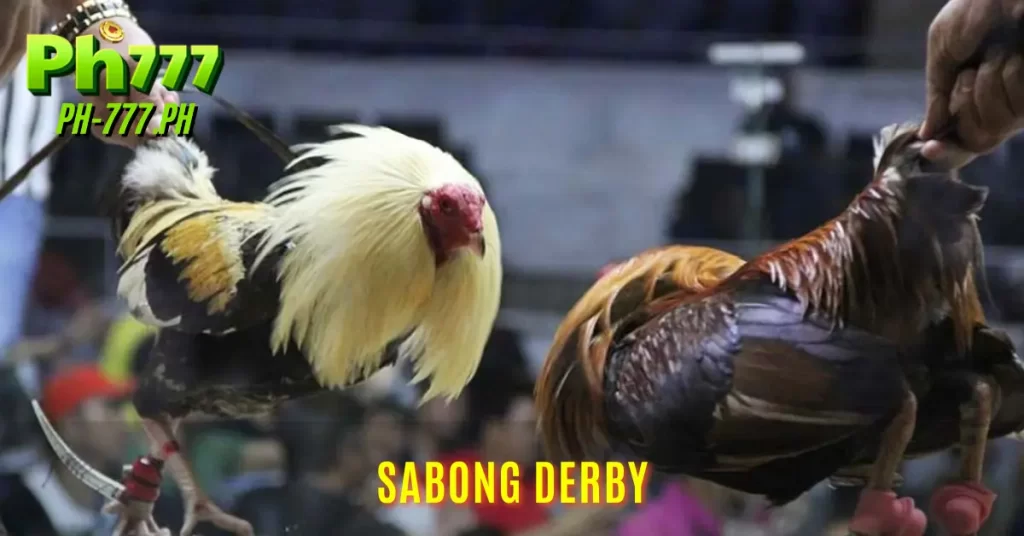The Shamo Chicken is an iconic breed originating from Japan, renowned for its strong physique, determined spirit, and long history as a formidable gamefowl. While primarily bred for its prowess in cockfighting, the Shamo Chicken is admired worldwide for its resilience, unique appearance, and distinct characteristics. Whether for breeding, showcasing, or competition, the Shamo Chicken stands out as a remarkable cock with a legendary legacy.
Origins and History of the Shamo Chicken
The Shamo Chicken is believed to have ancient origins, tracing back over a thousand years to Southeast Asia. It was later introduced to Japan, where breeders honed its unique characteristics, making it one of the world’s most recognizable and revered gamefowl breeds. The term “Shamo” itself is derived from “Siam,” an old name for Thailand, reflecting the bird’s roots outside Japan. However, through selective breeding in Japan, the Shamo Chicken developed the size, strength, and traits that make it distinctive today.

The Shamo was bred with purpose and precision, emphasizing toughness, stamina, and agility. These birds gained popularity among Japanese samurai, who saw in the Shamo Chicken an embodiment of their own fighting spirit. Over time, this bird has become a cultural symbol, representing courage and resilience.
About Shamo’s appearance & temperament
Appearance
The Shamo breed chicken is accepted by the American Poultry Association and, in 1981, was listed in the Standard of Perfection in the varieties of Black, Dark, and Black Breasted Red (Wheaten).
The Shamo are large, tall to 30″ chickens with upright, well-muscled thighs, yellow legs, and wide, muscular bodies with hard, closely-held feathers that oftentimes do not completely cover their bodies and intense gaze. By American standards, males should weigh 11 lbs. and females 7 lbs. Shamos sport pea-shaped combs, tiny to non-existent wattles, pearl colored eyes, and, some might say, a rather cruel expression. Shamo chickens are fair to poor egg layers of medium/large, light brown eggs, averaging about 90 per year.

Key physical traits
- Upright Posture: The Shamo Chicken has a distinctive, almost vertical stance, which gives it an imposing and dignified appearance. This trait is unique to gamefowl and is a testament to the bird’s strength and agility.
- Muscular Build: The Shamo’s lean, muscular body is well-suited for fighting. Its legs are long and powerful, aiding in both movement and defense, while its broad shoulders and thick neck add to its striking physique.
- Small Comb and Wattles: Unlike many other chicken breeds, the Shamo has a compact comb and minimal wattles, which helps reduce vulnerability during fights. The small comb is also practical in extreme weather, as it reduces the risk of frostbite.
- Alert Expression: The intense look in a Shamo’s eyes reveals its focused and fearless temperament. This gaze, combined with its forward-set shoulders, gives the Shamo a powerful, intimidating presence.
Because of their size, they can crush their eggs, but they are devoted mothers. They can produce a fair amount of meat, which is noted for being excessively firm, even rather tough, and does not appeal to many palates. During the nineteenth century, Shamo meat was favored as a “pep” food, and slices of Shamo chicken were a part of many a Sumo wrestler’s diet.
Temperament
Extremely friendly to people but very combative amongst the same sex chickens. Male chicks should be separated as they will fight with each other! Roosters need to be separated from others, but one rooster with a number of hens coop is okay. Hens can go into any flock as long as other birds are not threatened by them.
They can be territorial with other chickens and other species, such as small dogs and cats. Shamos are foragers and do not take well to confinement. They generally don’t fly, so 5-foot fencing is ample for this breed. Though generally friendly with adults, they are not recommended to be with young children due to their size.
Care and breeding of Shamo Chickens
Aside from being protective, breeding Shamo chickens also requires commitment and knowledge concerning their special needs. These birds prefer open areas for their exercise. Their feeding should be nutritious, always containing a high level of proteins that would help them attain well-developed muscles. Regular exercises also keep them in good shape, and since they are quite prone to injuries because of their active nature, breeders must let them stay in a safe and well-maintained area.
Shamo Care Key Points
- Housing: Considering their size and space requirements, Shamo chickens do appreciate larger housing with the ability to move around. Safe and clean luxuries will also prevent potential injuries.
- Diet: High-quality feed helps them support their muscles with enough protein intake. Most breeders supplement this with seeds, grains, and insects to keep them on a balanced intake.
- Health Monitoring: Health checks are routine for Shamo chickens since they are active ones and need attention when small injuries occur.
Interest in rearing Shamo Chickens for sport, heritage, or exhibition may lead to finding a community of breeders willing to share valuable information about its management and care on other websites, such as PH777. It supports responsible breeding practices in order for the Shamo Chicken to be preserved as part of the important history of gamefowl.
Shamo Chicken Today – Cultural and Heritage Significance
The Shamo Chicken is cherished not only as a fighting breed but also as a symbol of cultural heritage. Its role in history and its unique physical qualities have made it a subject of interest in other parts of the world as well, where it is often exhibited in poultry shows. Breeders and enthusiasts prize the Shamo for its strength, agility, and fascinating lineage, as it represents a piece of Japan’s rich history.



